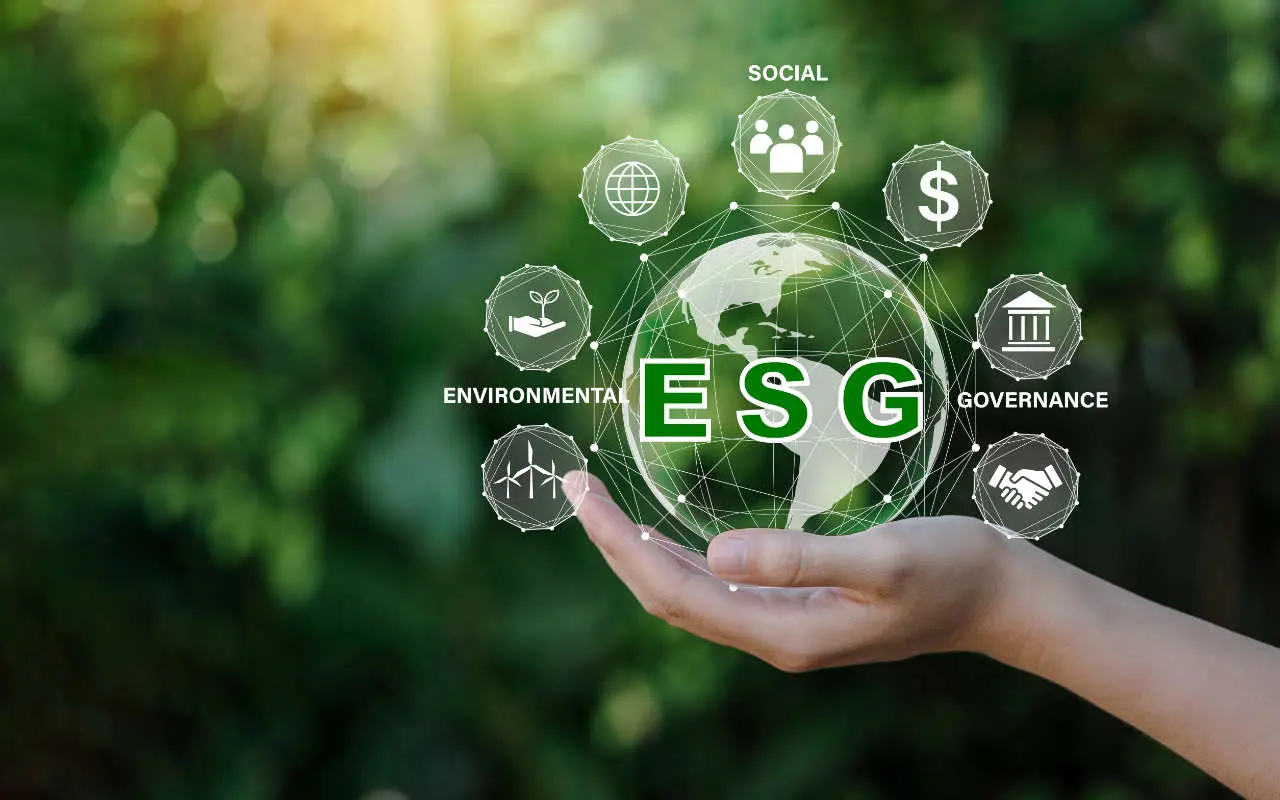The United Nations set the Sustainable Development Goals (SDGs) as an urgent call to action for both developing and developed countries
In 2015, the United Nations Member States set the 2030 Agenda for Sustainable Development, consisting of 17 Sustainable Development Goals (SDGs), which act as a blueprint for peace and prosperity across the globe.
Each goal acts as an urgent call to action for both developed and developing counties, to overcome social and economic inequalities, while also tackling climate change.
When were the UN’s SDGs founded and implemented?
The SDGs took more than a decade to build, with work from various countries, the UN and specifically the UN Department of Economic and Social Affairs (UNDESA).
The first milestone took place at Rio de Janeiro’s Earth Summit in 1992 when more than 178 countries adopted a comprehensive plan of action to build a global partnership for sustainable development to improve human lives and protect the environment – known as Agenda 21.
Soon after, in 2000, the Millennium Declaration was adopted by Member States unanimously to share the eight Millennium Development Goals (MDGs), which aimed to reduce extreme poverty by 2015.
Over the years, even more milestones were reached, including the Johannesburg Declaration on Sustainable Development and the launch of the “The Future We Want” document.
In January 2015, the General Assembly began the idea of the 2030 Agenda for Sustainable Development, with 17 SDGs at its core. This was a landmark year, where several key policies were set, including the Sendai Framework for Disaster Risk Reduction (March 2015), the Addis Ababa Action Agenda on Financing for Development (July 2015), and Paris Agreement on Climate Change (December 2015).
Now, the Division for Sustainable Development Goals (DSDG) in the UNDESA supports the SDGs, specifically relating to water, energy, climate, oceans, and technology, to name a few.
What are the United Nations’ SDGs?
Goal 1: To end poverty in all its forms everywhere
Goal 2: To end hunger, achieve food security and improved nutrition and promote sustainable agriculture
Goal 3: To ensure healthy lives and promote wellbeing for all at all ages
Goal 4: To ensure inclusive and equitable quality education and promote lifelong learning opportunities
Goal 5: To achieve gender equality and empower women and girls
Goal 6: To ensure the availability and sustainable management of water and sanitation for all
Goal 7: To ensure access to affordable, reliable, sustainable and modern energy for all
Goal 8: To promote sustained, inclusive and sustainable economic growth, full and productive employment and decent work for all
Goal 9: Build resilient infrastructure, promote inclusive and sustainable industrialisation and foster innovation
Goal 10: Reduce inequality within and among countries
Goal 11: Make cities and human settlements inclusive, safe, resilient and sustainable
Goal 12: Ensure sustainable consumption and production patterns
Goal 13: Take urgent action to combat climate change and its impacts
Goal 14: Conserve and sustainably use the oceans, seas and marine resources for sustainable development
Goal 15: Protect, restore and promote sustainable use of terrestrial ecosystems, sustainably manage forests, combat desertification, and halt and reverse land degradation and halt biodiversity loss
Goal 16: Promote peaceful and inclusive societies for sustainable development, provide access to justice for all and build effective, accountable and inclusive institutions at all levels
Goal 17: Strengthen the means of implementation and revitalise the Global Partnership for Sustainable Development

